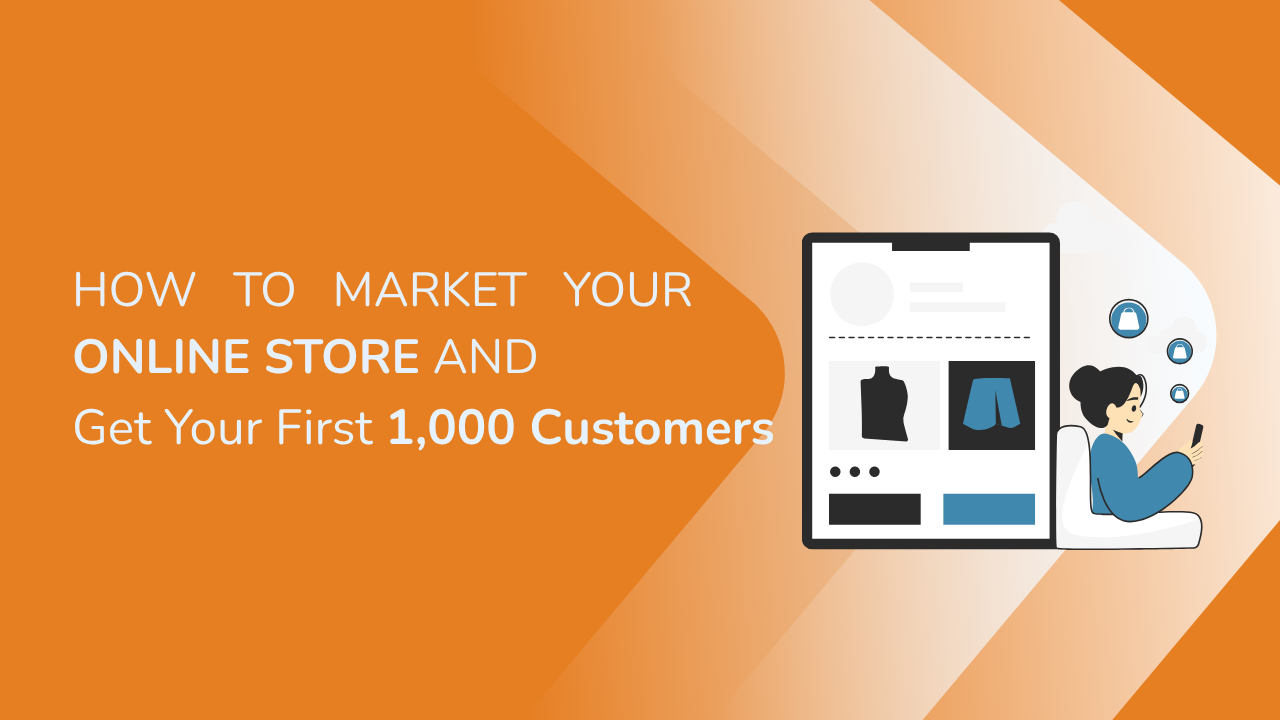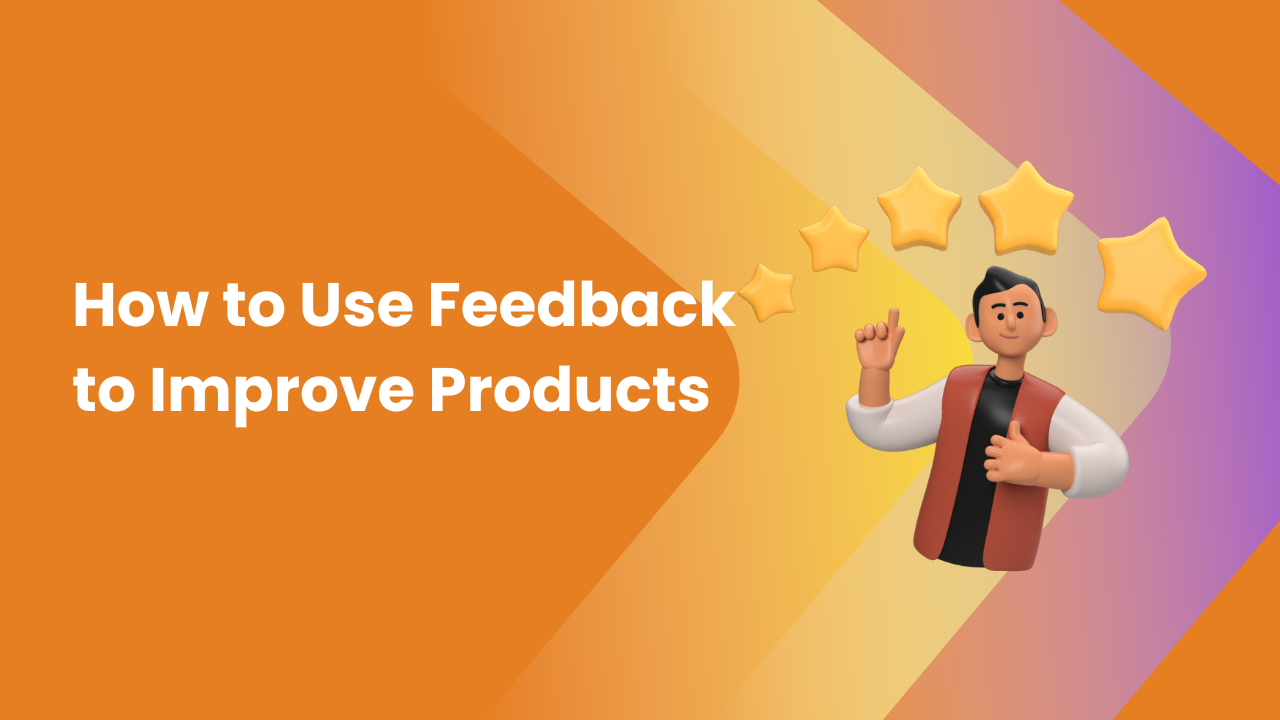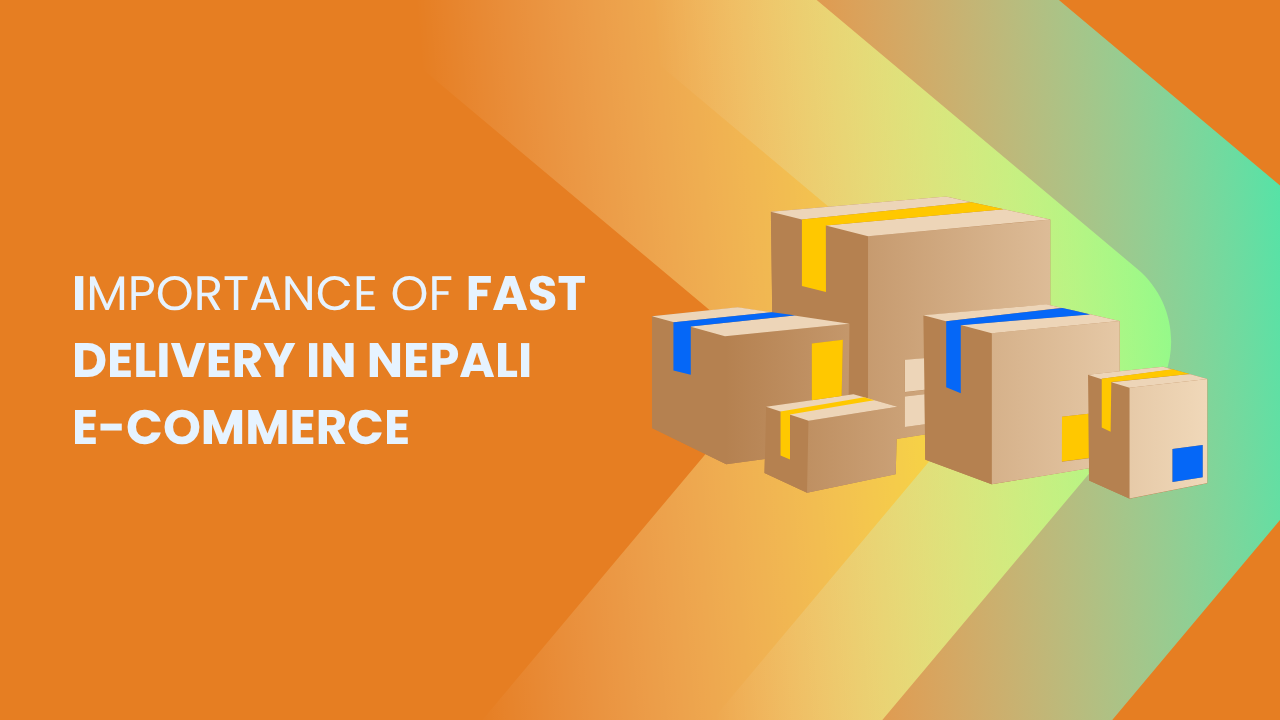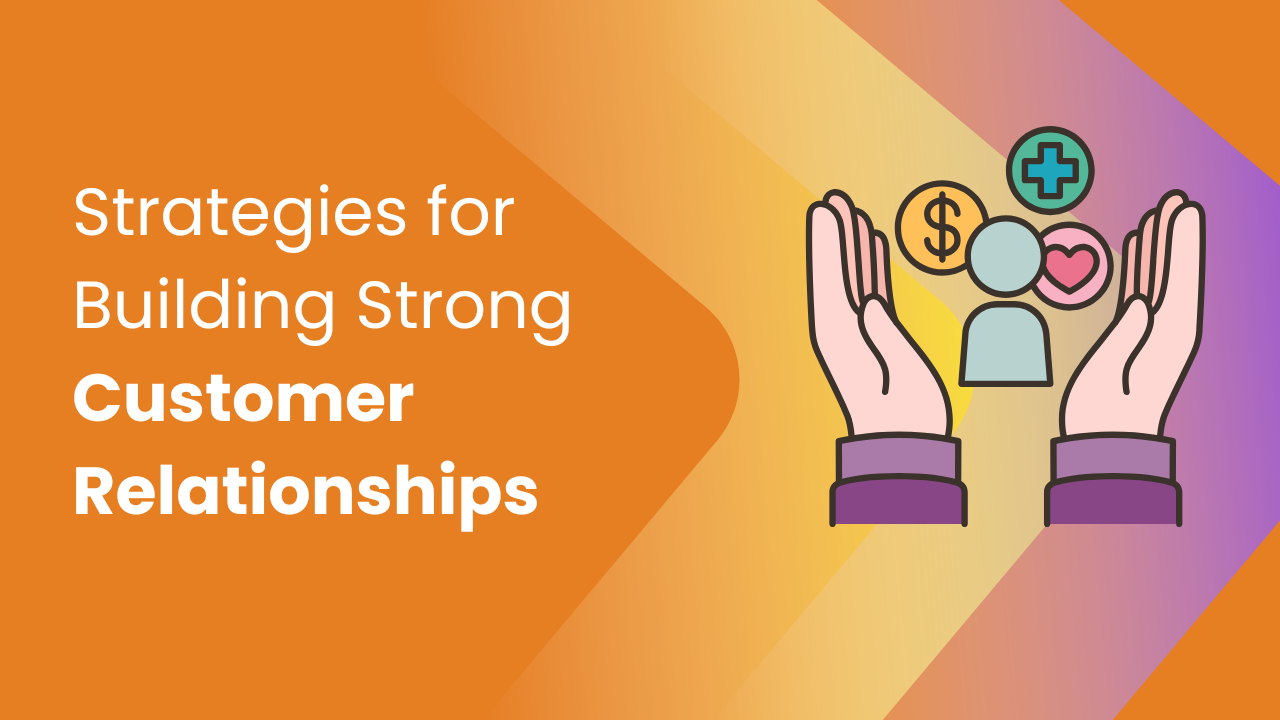Share this Article
In the modern digital landscape, where social media, instant messaging, and mobile apps dominate communication, email continues to stand out as a remarkably effective channel for engaging customers. Despite the rise of newer communication platforms, email provides a direct, personal line to your audience, allowing businesses to share updates, promotions, and valuable content in a controlled and targeted manner. Engaging customers through email updates is not merely about sending messages regularly; it is about creating meaningful connections that foster trust, loyalty, and long-term relationships. Customers who feel informed, valued, and recognized are far more likely to open emails, explore offers, and remain engaged with a brand over time.
The Importance of Email Updates in Customer Engagement
Email updates offer businesses a unique opportunity to communicate directly with their audience. Unlike social media posts, which are often filtered through algorithms and may not reach all followers, emails land in the recipient’s inbox, providing a direct and personal connection. These updates allow businesses to share information ranging from product launches and news to tips and promotions. Well-crafted emails nurture long-term relationships, build credibility, and encourage repeat engagement. In addition, consistent and meaningful communication through email signals that the brand values its customers, helping establish trust and loyalty.
Understanding Your Audience and Segmentation
Not all customers are the same, and sending identical emails to your entire audience is unlikely to produce strong engagement. Effective segmentation is the process of grouping customers based on behavior, purchase history, demographic data, or engagement levels. By understanding the distinct needs of new subscribers, frequent buyers, and inactive users, businesses can craft messages tailored to each segment. Personalized content resonates more deeply, encouraging readers to open emails, explore the content, and take meaningful actions. Segmentation ensures that every email feels relevant, increasing engagement and enhancing the overall customer experience.
Crafting Compelling Subject Lines
The subject line is the gateway to your email and one of the most critical factors influencing engagement. A compelling subject line captures attention, sparks curiosity, and communicates value in just a few words. Including personalization, such as the recipient’s name or referencing a recent interaction, can significantly increase open rates. Clarity is key, as customers should understand what they will gain by opening the email. When executed thoughtfully, a strong subject line sets the stage for meaningful interaction and encourages recipients to read the content inside.
Personalization Beyond Names
Personalization extends beyond addressing recipients by name; it involves delivering content that aligns with their preferences, behavior, and past interactions. Businesses can tailor product recommendations, share relevant educational content, or send offers during significant events like birthdays or anniversaries. By understanding customer behavior and delivering messages that reflect individual interests, brands make recipients feel valued. Personalized emails create emotional connections, making customers more likely to engage, respond, and remain loyal.
Creating Valuable and Relevant Content
The content of email updates is the heart of engagement. Customers respond positively to messages that inform, educate, or entertain rather than messages that focus solely on sales. Emails can provide insights into products, share tutorials and tips, update customers about trends, or offer behind-the-scenes glimpses of the brand. Consistently providing value encourages customers to read future emails, fostering a long-term relationship built on trust and reliability. Striking the right balance between informative content and promotional messaging is essential for sustained engagement.
Design and Visual Appeal
An email’s design plays a critical role in capturing attention and guiding readers toward engagement. A clean and organized layout ensures that content is easy to read, while visually appealing elements such as images, graphics, or infographics enhance the message. Clear headings and concise paragraphs help readers navigate the content effortlessly, and visual call-to-action elements guide recipients toward desired actions. Mobile optimization is essential, as many recipients access their emails on smartphones or tablets. Responsive design, fast loading, and readability contribute to a positive user experience and higher engagement rates.
Timing and Frequency of Email Updates
Sending emails at the right time is crucial for engagement. Too many emails can overwhelm recipients, leading to unsubscribes, while infrequent communication can result in disengagement. Understanding audience behavior helps businesses determine the optimal time and frequency for sending updates. Consistency fosters reliability and builds trust, but the content must remain fresh and valuable to maintain interest. Varying the frequency based on audience segments, such as weekly updates for active users and monthly updates for casual subscribers, ensures that emails reach recipients when they are most receptive.
Incorporating Clear Calls-to-Action
Every email should have a clear purpose, and a well-defined call-to-action guides recipients toward that objective. Whether the goal is exploring a product, reading an article, signing up for an event, or redeeming an offer, the CTA ensures that the reader knows exactly what to do next. Action-oriented language, clear visibility, and strategic placement make CTAs effective and encourage meaningful engagement. Without a strong CTA, even compelling content may fail to generate the desired response from recipients.
Using Storytelling to Enhance Engagement
Storytelling is a powerful tool for creating emotional connections with customers. Emails that share stories about the brand, highlight customer experiences, or describe the journey of a product make messages memorable and engaging. For example, showcasing a customer success story or narrating the creative process behind a product humanizes the brand. Storytelling transforms an ordinary email into a narrative experience, fostering stronger connections and encouraging readers to interact with the content.
Re-engagement Strategies for Inactive Subscribers
Over time, some subscribers may become inactive or lose interest in email updates. Re-engagement campaigns are designed to rekindle interest by offering incentives, sharing exclusive updates, or reminding recipients of the value they previously received. Thoughtfully crafted re-engagement emails can reduce subscriber churn, revitalize engagement, and ensure that the email list remains active and healthy. Maintaining a strong relationship with inactive subscribers requires creativity, relevance, and a clear demonstration of value.
Tracking and Analyzing Engagement Metrics
To understand the effectiveness of email campaigns, tracking and analyzing metrics is essential. Open rates indicate how many recipients are reading the emails, while click-through rates measure interaction with the content. Conversion rates reveal whether the email achieves its intended goal, and unsubscribe rates offer insight into potential issues with content or frequency. Regular analysis allows businesses to refine strategies, improve messaging, and optimize timing for better results. Data-driven decision-making ensures that email campaigns continuously evolve to meet audience needs and preferences.
Integrating Email with Other Marketing Channels
Email updates become even more effective when integrated with other marketing channels. Coordinating email campaigns with social media, website content, and mobile notifications creates a cohesive customer experience. Promoting email sign-ups through social media and website prompts expands the audience, while aligning email campaigns with seasonal promotions or product launches reinforces messaging across platforms. This multi-channel approach strengthens brand consistency, enhances visibility, and encourages greater engagement.
Leveraging Automation and Personalization Tools
Modern email platforms offer automation features that make customer engagement easier and more effective. Automated workflows can trigger welcome emails for new subscribers, send reminders about abandoned carts, or deliver follow-up messages after a purchase. Automation ensures that emails reach recipients at the right time, while personalization ensures that the content is relevant to individual preferences. Combining automation with personalized messaging enables highly targeted campaigns that drive engagement and maximize the impact of email updates.
Building Trust and Long-Term Loyalty
Consistent and meaningful email communication helps establish trust and foster long-term loyalty. Customers are more likely to engage with brands that provide value, communicate transparently, and respect their preferences. Emails that inform, educate, or entertain demonstrate attentiveness and reliability, reinforcing the perception that the brand is professional and customer-focused. Engaged customers are more likely to make repeat purchases, refer others, and become brand advocates, making email a critical component of customer relationship management.
The Future of Email Engagement
As technology continues to evolve, email marketing is becoming increasingly sophisticated. Artificial intelligence and machine learning now allow brands to predict customer preferences, personalize content more accurately, and optimize send times. Interactive email features, such as embedded surveys, videos, and dynamic content, are making emails more engaging and immersive. Despite these advancements, the fundamental principles of effective email engagement — relevance, personalization, valuable content, and clear calls-to-action — remain unchanged. Businesses that master these fundamentals will continue to thrive in connecting with their audience through email.
Conclusion
Engaging customers through email updates is both an art and a science. By understanding the audience, delivering personalized content, crafting compelling subject lines, and maintaining consistent communication, businesses can create meaningful connections that foster trust, loyalty, and engagement. Email remains one of the most direct, personal, and effective communication channels available, enabling brands to nurture long-term relationships and drive measurable results. In an era dominated by fleeting digital interactions, thoughtfully crafted email updates offer a powerful tool for building strong customer relationships and sustaining business growth.
Categories:
E-commerce Tips & Tutorials
Tags:
Online Store in Nepal
,
5 Simple Steps
,
local businesses
,
e-commerce app
,
Small Business
,
strong brand
,
E-commerce
,
Growing sales
,
strategies







